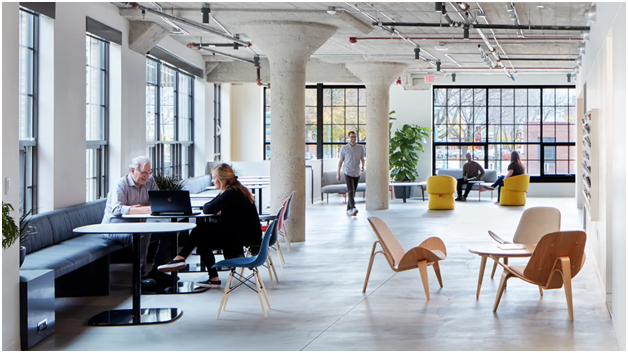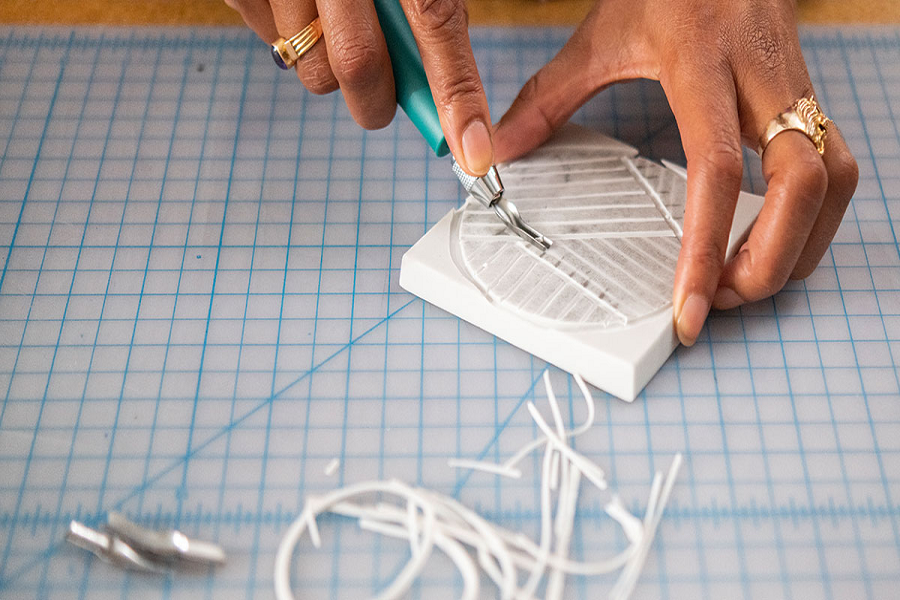In today’s fast-paced business world, the design of your interior office space plays a crucial role in fostering productivity and enhancing employee satisfaction. A well-designed workspace can significantly impact your team’s efficiency and overall well-being. Achieving a balance between comfort and style in your office space is essential for creating an environment that supports both functionality and aesthetic appeal. This blog explores key strategies for integrating comfort and style into your office design, ensuring a workspace that is both inviting and efficient.
The Importance of Comfort in Office Design
Creating a comfortable office space is fundamental to promoting employee well-being and productivity. Comfort goes beyond plush seating and climate control; it encompasses various elements that contribute to a pleasant work environment. Ergonomic furniture is a key component, as it supports proper posture and reduces physical strain during long working hours. Investing in quality chairs and adjustable desks can make a significant difference in your team’s comfort and health.
Moreover, a well-designed office layout should facilitate ease of movement and accessibility. Ensuring that pathways are clear and workstations are adequately spaced can help reduce stress and improve workflow. Natural light is another critical factor in comfort, as it positively affects mood and energy levels. Incorporating large windows or skylights into your office space can enhance the overall atmosphere and create a more uplifting environment.
Infusing Style into Your Office Space
While comfort is crucial, style is equally important in creating an appealing interior office space. Aesthetics contribute to the overall impression of your workplace and can influence how employees and visitors perceive your company. The design should reflect your brand’s identity and values, creating a cohesive look that aligns with your company’s image.
Colour schemes play a significant role in defining the style of an office. Choosing a palette that complements your brand and enhances the mood can set the tone for the entire workspace. For example, soothing blues and greens can create a calm and focused environment, while vibrant hues like orange and yellow can energise and inspire creativity. Additionally, incorporating stylish décor elements, such as artwork, plants, and decorative lighting, can add personality and flair to your office space.
Balancing Functionality and Aesthetics
Striking a balance between functionality and style is key to designing an effective office space. Practicality should never be sacrificed for the sake of aesthetics, and vice versa. The goal is to create a space that is not only visually appealing but also highly functional and conducive to productivity.
Consider the needs of your team when planning the layout and design of your office. Open-plan areas encourage collaboration and communication, while private spaces provide opportunities for focused work. Integrating versatile furniture that can adapt to different functions is another way to achieve balance. Modular desks and adjustable partitions, for instance, can be rearranged to accommodate changing needs and preferences.
Additionally, incorporating elements that enhance both comfort and style can elevate your office design. For example, selecting stylish yet ergonomic office chairs ensures that your team remains comfortable while maintaining a polished appearance. Similarly, adding decorative storage solutions can help keep the workspace organised and clutter-free, contributing to both functionality and visual appeal.
Enhancing Employee Well-Being Through Design
A thoughtfully designed interior office space can have a positive impact on employee well-being and morale. Creating areas for relaxation and social interaction, such as break rooms or lounges, provides employees with spaces to recharge and unwind. These areas should be designed with comfort in mind, featuring comfortable seating and calming décor.
Incorporating elements of biophilic design, such as indoor plants and natural materials, can further enhance the well-being of your team. Studies have shown that exposure to nature can reduce stress and improve overall mood. By integrating these elements into your office space, you can create a more pleasant and supportive work environment.
The Role of Flexibility in Office Design
Flexibility is an important consideration when designing your office space. As work styles and needs evolve, having a flexible layout allows you to adapt to changes without requiring a complete redesign. Consider incorporating modular furniture and movable partitions that can be easily reconfigured to suit different purposes and team sizes.
Additionally, designing spaces that can serve multiple functions helps maximise the use of available space. For example, meeting rooms that can double as collaborative workspaces or event areas offer versatility and efficiency. This approach not only enhances functionality but also contributes to a dynamic and engaging office environment.
Conclusion:
Creating a balanced work environment that integrates comfort and style in your interior office space is essential for fostering productivity and employee satisfaction. By focusing on ergonomic furniture, thoughtful layout, and stylish décor, you can design a workspace that supports both functionality and aesthetics. A well-designed office not only enhances the overall work experience but also reflects your company’s values and identity. Investing in a thoughtful and balanced office design is a strategic move that benefits both your team and your business.





